
Emerging Trends in Architecture That Shape the Future of Design
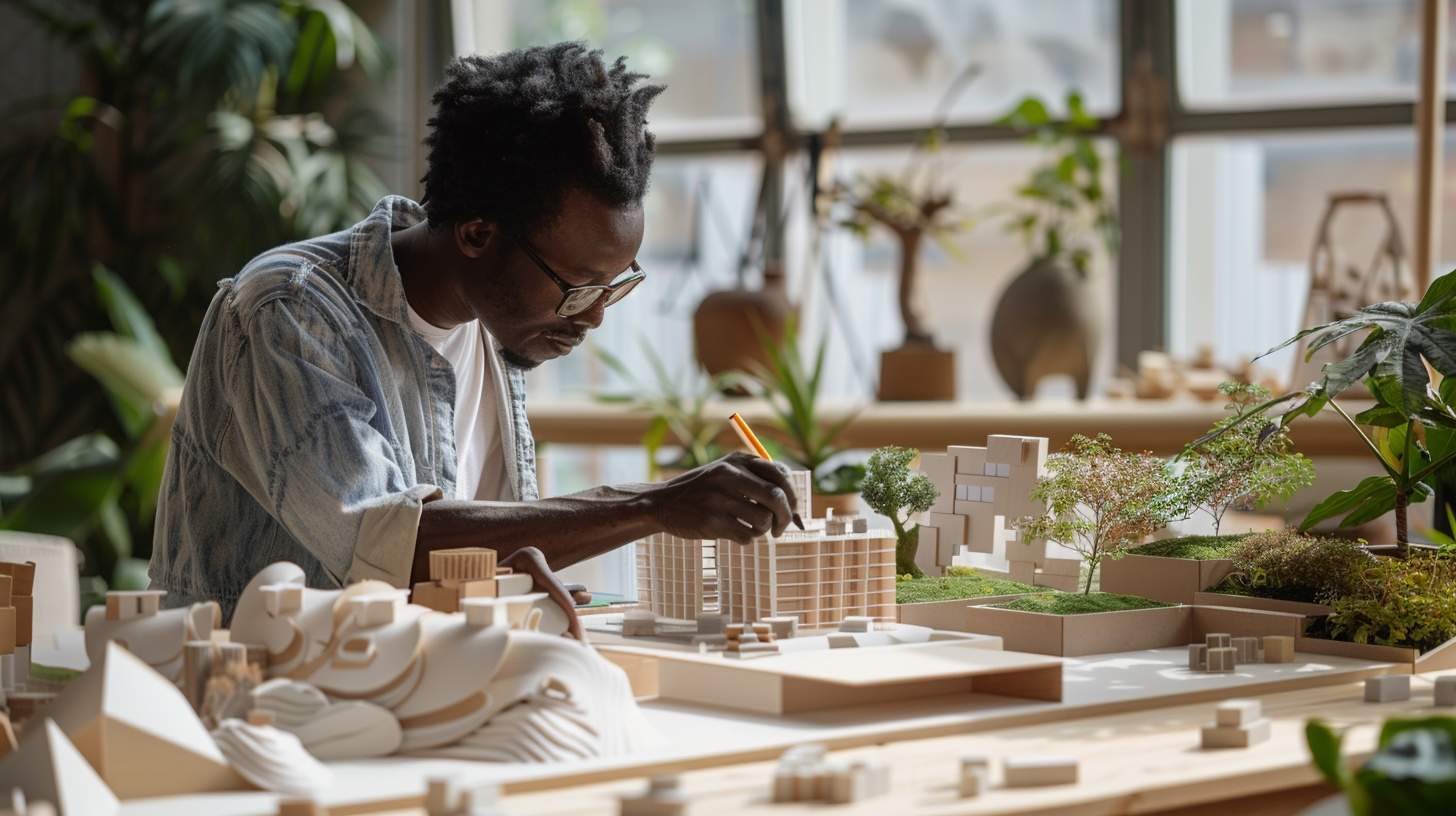
As we move forward into 2024, the world of architecture is evolving at a rapid pace. Designers are constantly seeking new ways to create spaces that are not only aesthetically pleasing but also sustainable, functional, and in tune with the needs of modern society. Today, we’ll look at some of the top trends in architecture that every designer should be aware of.
Sustainable Design
Sustainability has become a key focus in the architecture industry, with designers looking for ways to minimize the environmental impact of their projects. This includes the use of eco-friendly materials, such as bamboo, recycled steel, and low-emission concrete, as well as the incorporation of green spaces and energy-efficient systems.
According to a report by the World Green Building Council, the construction and operation of buildings account for nearly 40% of global carbon emissions. Architects can play a crucial role in reducing the industry’s environmental footprint by prioritizing sustainability in their designs.
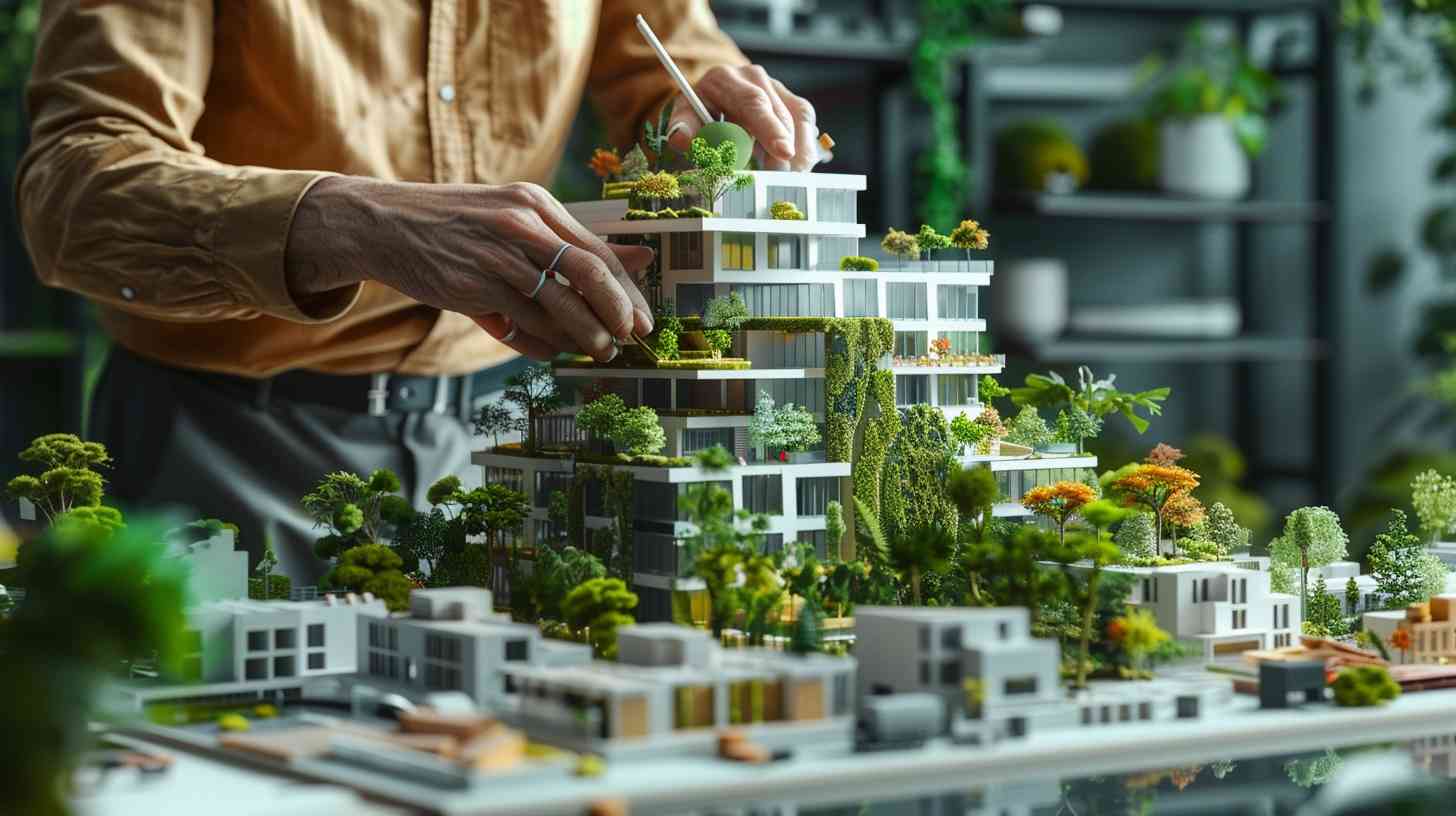
Latest
Other Topics
Biophilic Design
Biophilic design is an approach that seeks to connect people with nature in the built environment. This can be achieved through the incorporation of natural materials, such as wood and stone, as well as the integration of plants, water features, and natural light.
Studies have shown that exposure to nature can positively impact mental health and well-being. By bringing elements of the natural world into our living and working spaces, architects can create environments that promote relaxation, creativity, and productivity.
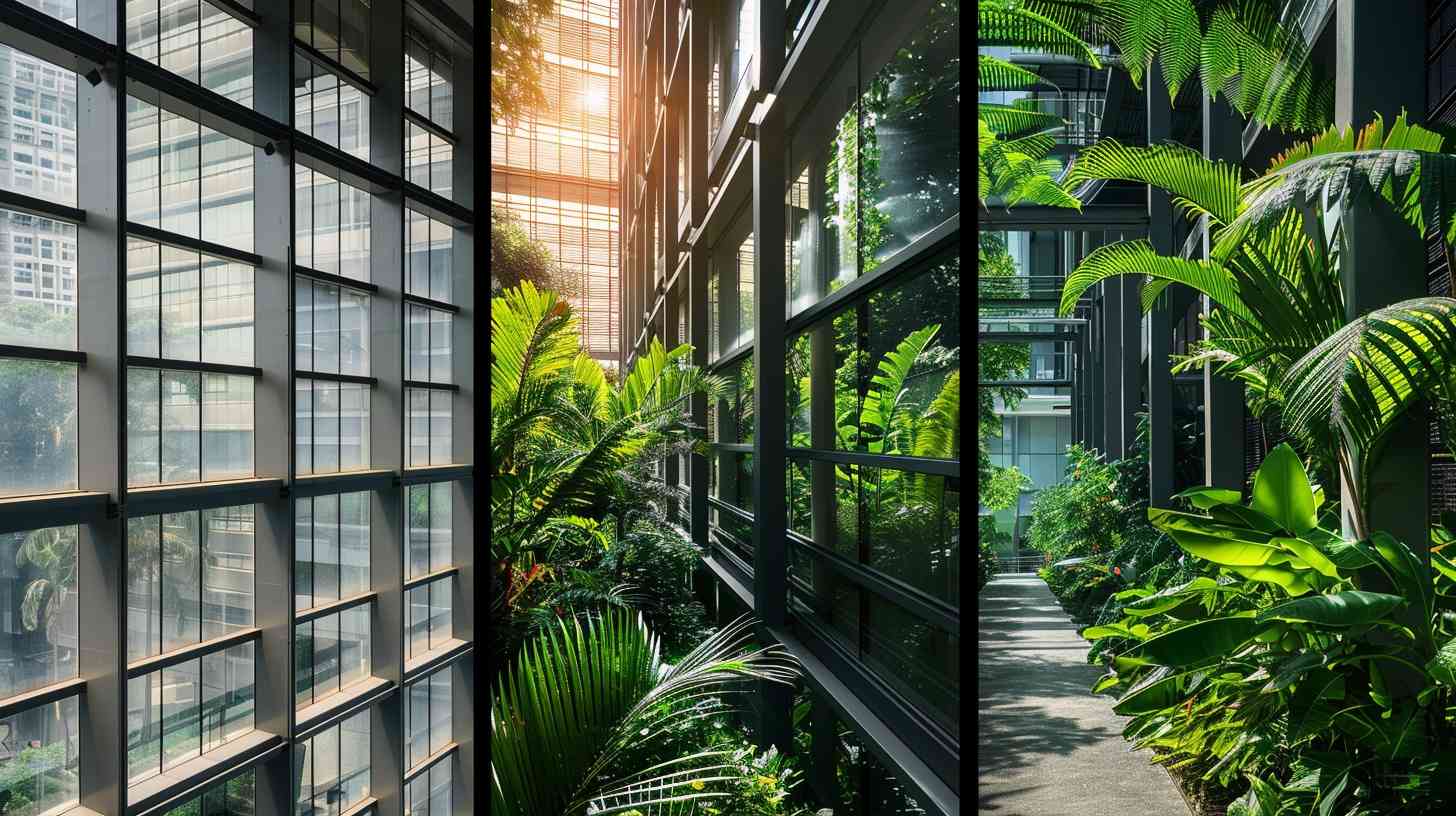
Modular and Prefabricated Construction
Modular and prefabricated construction methods are gaining popularity in the architecture industry due to their efficiency, cost-effectiveness, and reduced environmental impact. These methods involve the construction of building components off-site in a controlled environment, which are then transported to the site and assembled.
This approach not only reduces construction time and waste but also allows for greater flexibility and customization in design. As the demand for affordable and sustainable housing continues to grow, modular and prefabricated construction is likely to become an increasingly popular choice among architects and developers.
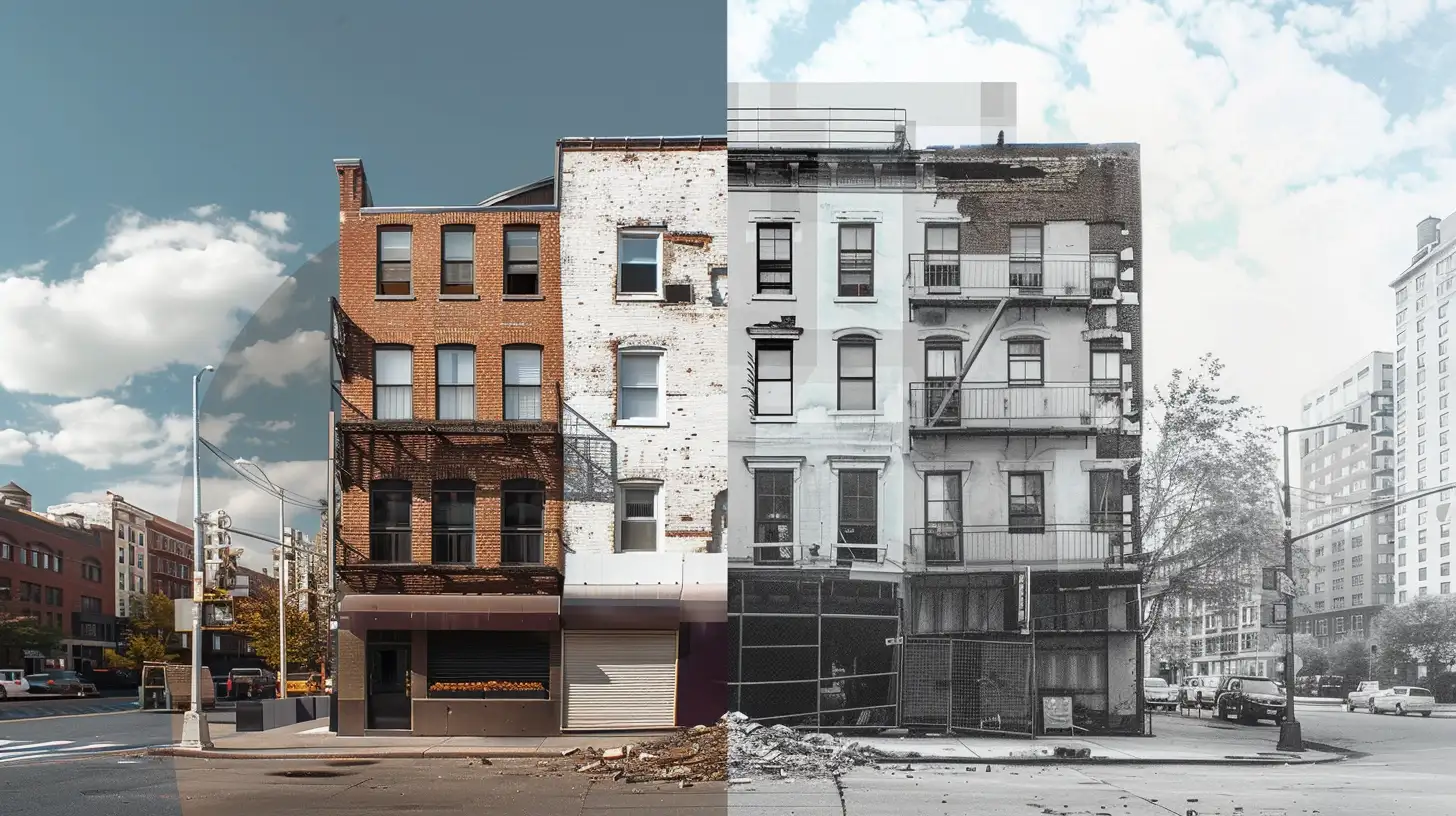
Smart Building Technology
The integration of smart technology in buildings is becoming increasingly common, with architects and designers looking for ways to create spaces that are more efficient, comfortable, and secure. This includes the use of sensors, automation systems, and Internet of Things (IoT) devices to optimize energy consumption, improve air quality, and enhance the overall user experience.
For example, smart lighting systems can automatically adjust to changes in natural light, reducing energy waste and improving occupant comfort. Similarly, smart HVAC systems can monitor and adjust temperature and humidity levels based on occupancy and weather conditions, resulting in significant energy savings.
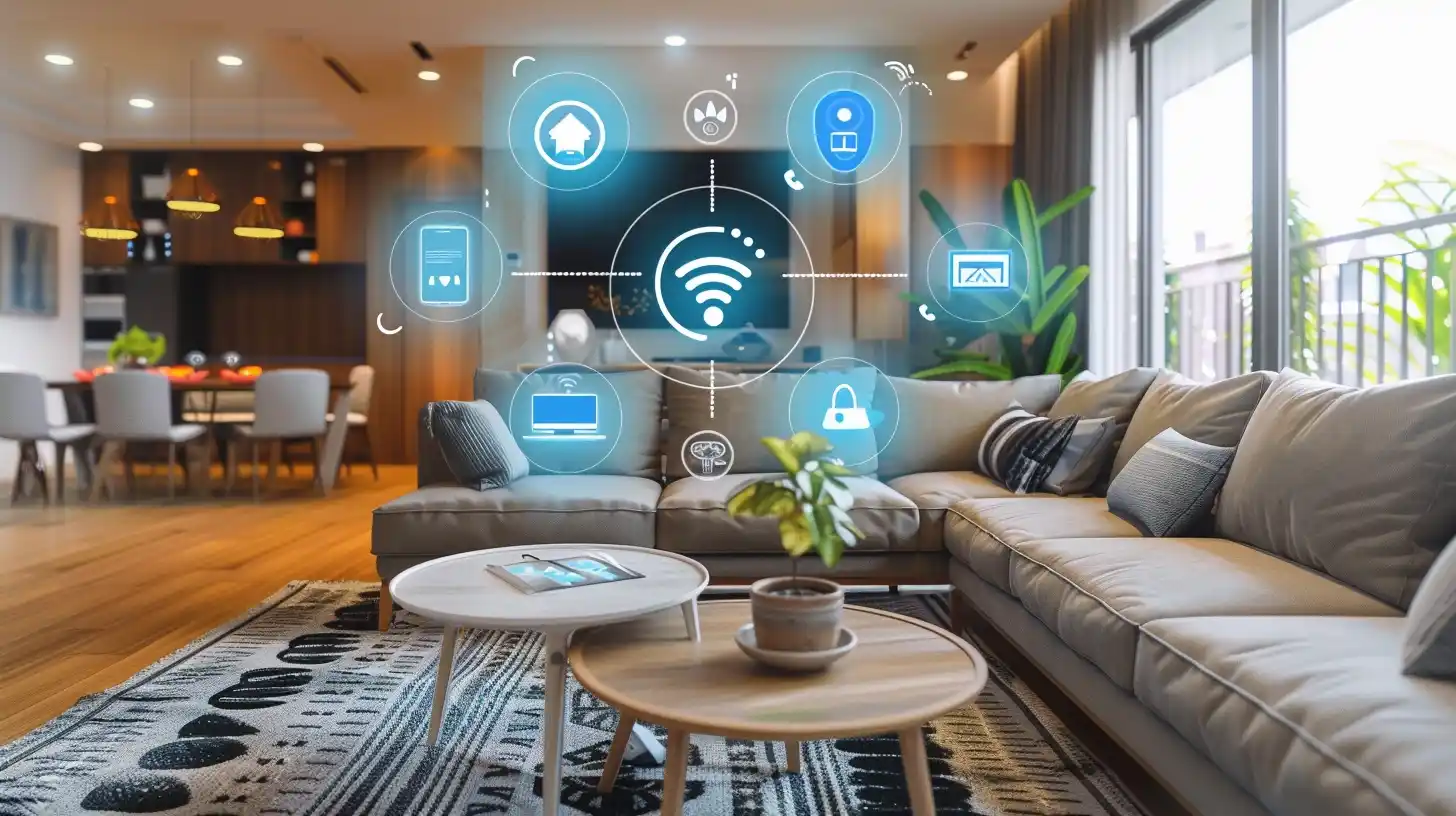
Adaptive Reuse and Renovation
With the increasing focus on sustainability and the need to reduce waste, adaptive reuse, and renovation projects are becoming more prevalent in the architecture industry. This involves the repurposing of existing buildings for new uses, rather than demolishing them and starting from scratch.
Not only does this approach reduce the environmental impact of construction, but it also allows for the preservation of historic buildings and the revitalization of underutilized spaces. For example, an old factory building could be transformed into a trendy loft apartment complex or a vacant warehouse could be repurposed as a community center.
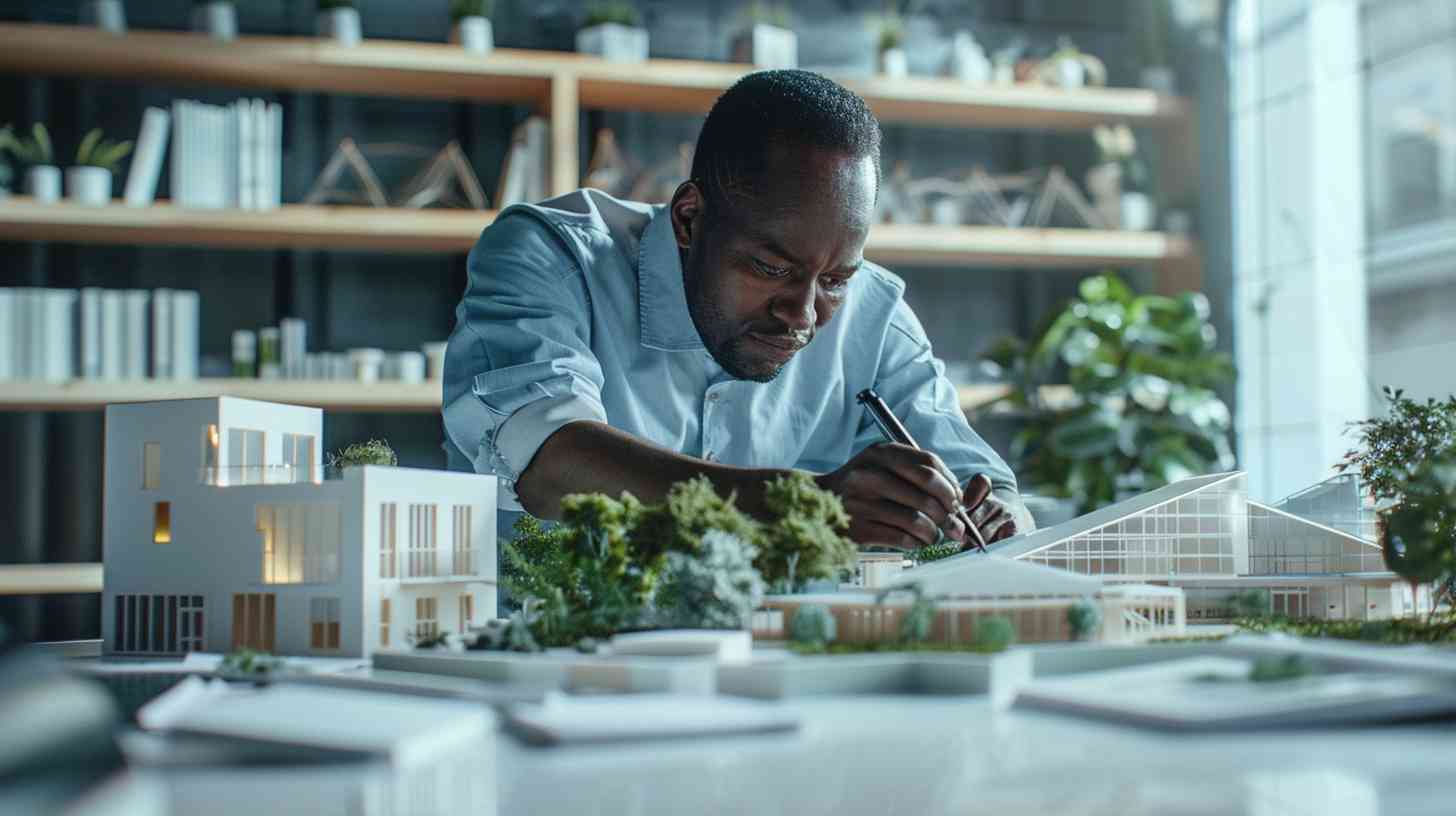
Inclusive and Accessible Design
Inclusive and accessible design is about creating welcoming and usable spaces for people of all ages, abilities, and backgrounds. This includes considerations such as wheelchair accessibility, visual and auditory aids, and gender-neutral restrooms.
According to the World Health Organization, over one billion people worldwide have some form of disability. By designing spaces that are inclusive and accessible, architects can help create a more equitable and just society for all.
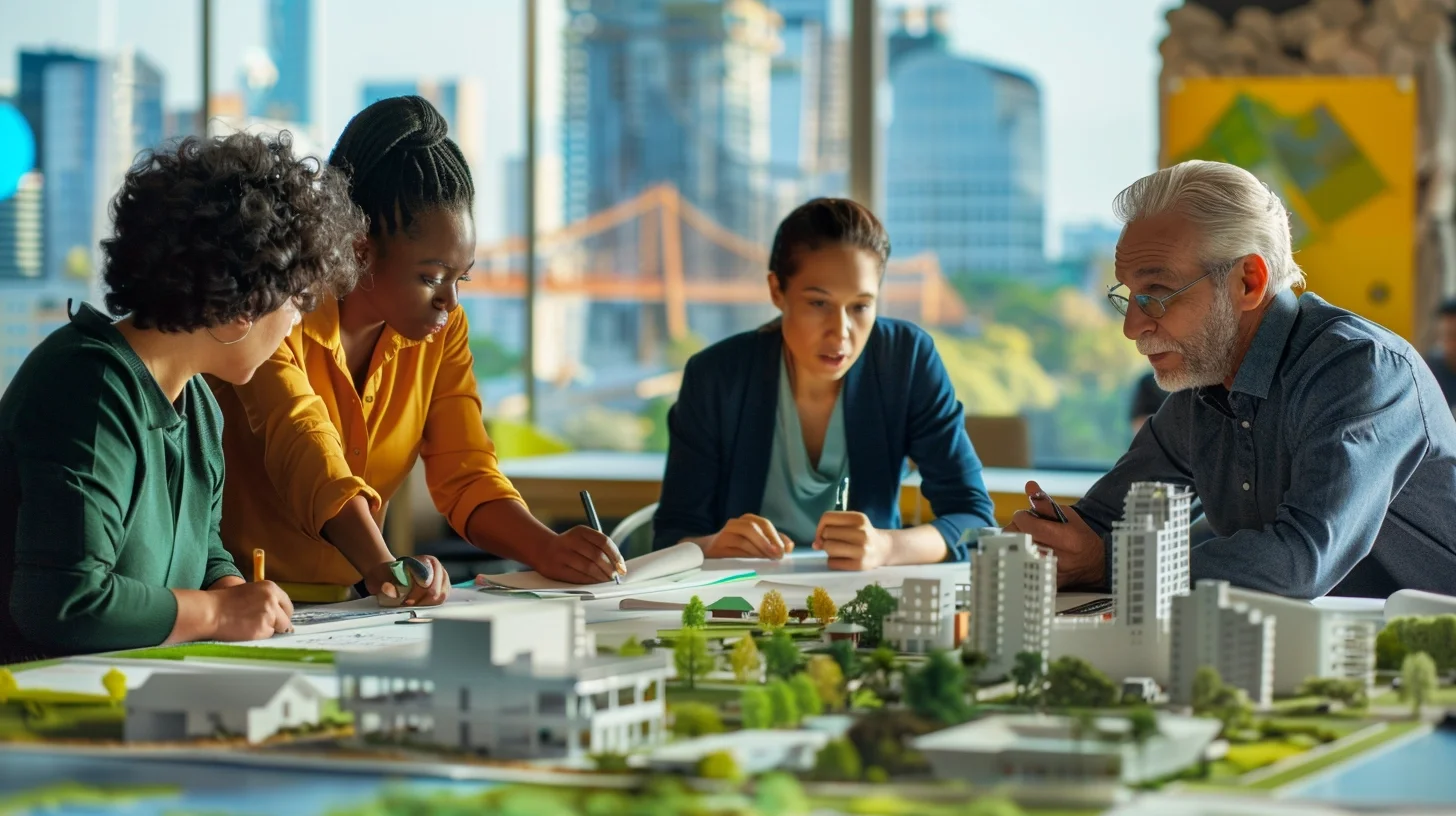
Resilient Design Are Top trend in Architecture
In recent years, we’ve seen an increasing number of natural disasters and extreme weather events, from hurricanes and floods to wildfires and heatwaves. As a result, architects are placing a greater emphasis on resilient design, which involves creating buildings and communities that can withstand and recover from these types of events.
This includes considerations such as elevating buildings in flood-prone areas, using fire-resistant materials in wildfire zones, and designing structures that can withstand high winds and seismic activity. By prioritizing resilience in their designs, architects can help create safer and more sustainable communities for the future.
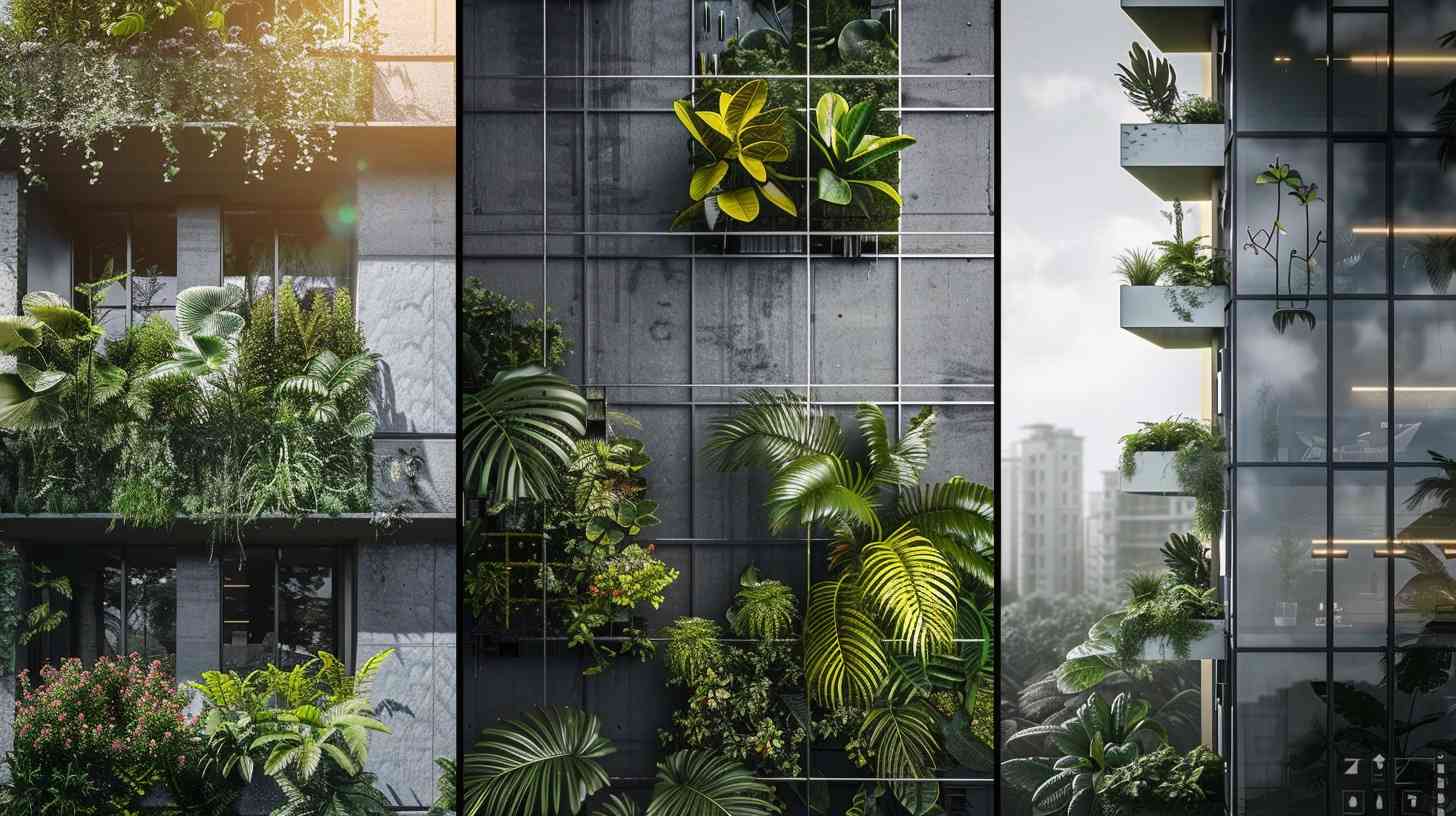
Collaborative and Community-Focused Design
Finally, architects are increasingly recognizing the importance of collaboration and community engagement in the design process. This involves working closely with clients, stakeholders, and local communities to ensure that projects are responsive to their needs and values.
For example, a community center project might involve extensive public outreach and participatory design workshops to gather input and ideas from local residents. By involving the community in the design process, architects can help create spaces that are more meaningful, relevant, and valued by those who will use them.

Final Thoughts On The Emerging Trends in Architecture
As we look to the future of architecture, it’s clear that designers will need to be more innovative, adaptable, and socially conscious than ever before. By staying up-to-date with the latest trends and best practices, architects can help create a built environment that is more sustainable, resilient, and equitable for all.
Whether you’re looking to build a new home, renovate an existing space, or develop a large-scale commercial project, we have the expertise and creativity to bring your vision to life. Contact us today to learn more about how we can help you navigate the exciting world of architectural design in 2024 and beyond.


